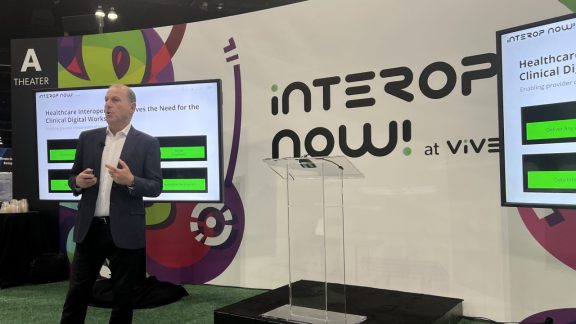By Mike Coleman, Senior Product Manager, End-User Computing, VMware
When we first released HTML Access in March this year, the key use case we were aiming to enable revolved around what I call “transient access”. This basically means being able to access your Horizon View desktop from a device that you don’t own to quickly do some work. So if you’re on vacation and need to access your Horizon View desktop from your brother’s computer, all you need to do is fire up a web browser and point it at your company’s Horizon View server.
What we didn’t realize when we released the first version was how successful it was going to be and the different ways customers would find to use it. We got feedback that people weren’t just using it to quickly log on, do a bit of work and log off. They liked that there were no components to install (so you didn’t need admin privileges), and that it worked on devices that didn’t have a native client.
So we set out in this release to really up the level of performance, quality and features – and we think we’ve hit the nail on the head.
The new HTML Access release is now much more efficient, both on the wire and with regards to how it impacts overall system performance. It uses a fraction of the CPU that it did in the original version, meaning you can run more virtual desktops on the same server. On the network, it uses up to 50% less bandwidth than the initial release.
The cool thing is that while we reduced the impact on system resources, we actually made HTML Access perform better. If you look at frame rate as a measure of performance, in some cases the newest version performs twice as well as the original release. What does that mean to your end users? Well, better video playback performance for starters, as well as an overall ‘snappier’ feel when working in the virtual desktop.
Better performance with less overhead is a good start, but we also heard from customers that there were a few features missing.
HTML Access now includes:
- Copy and paste from the virtual desktop to the underlying end point (and vice versa)
- Support for high pixel count displays like MacBooks with Retina displays or the Chromebook Pixel (wait, did I say Chromebook? More on that later…)
- Audio playback
Leveraging HTML Access with Chromebooks
With this release we do officially support Chromebooks. All you need to do is point the Chrome browser at your View Connection Server with HTML Access enabled, and you’re off and running.
With HTML Access and Horizon View 5.3 we have added support for audio playback and copy/paste. These two features alone vastly increase the viable use cases for HTML Access. Audio playback will route any audio source in the virtual desktop to the Chromebook. Copy and paste works between the hosted virtual desktop and the native Chromebook environment, meaning a user could copy text from an email in the virtual desktop and paste it into a Google Docs document running on the Chromebook.
There are two questions that come up now from Chromebook users with VMware Horizon View. How do I access files not in my desktop and how do I print to a local printer?
Google provides two great options that can be installed in your Horizon View virtual machine that make this easier: Google Drive and Google Cloud Print.
Google Drive makes it easy to move files back and forth between your Chromebook and your virtual machine. Just copy the files you want to access to your Google Drive and access it within your virtual machine.
For printing to local printers, Google recently release the Google Cloud Print driver for Windows. Once installed in your virtual machine you can use it to print to any printer you can connect through Google Cloud Print.
We are excited that Chromebook users can now take advantage of the new HTML Access to access their Horizon View desktops.







